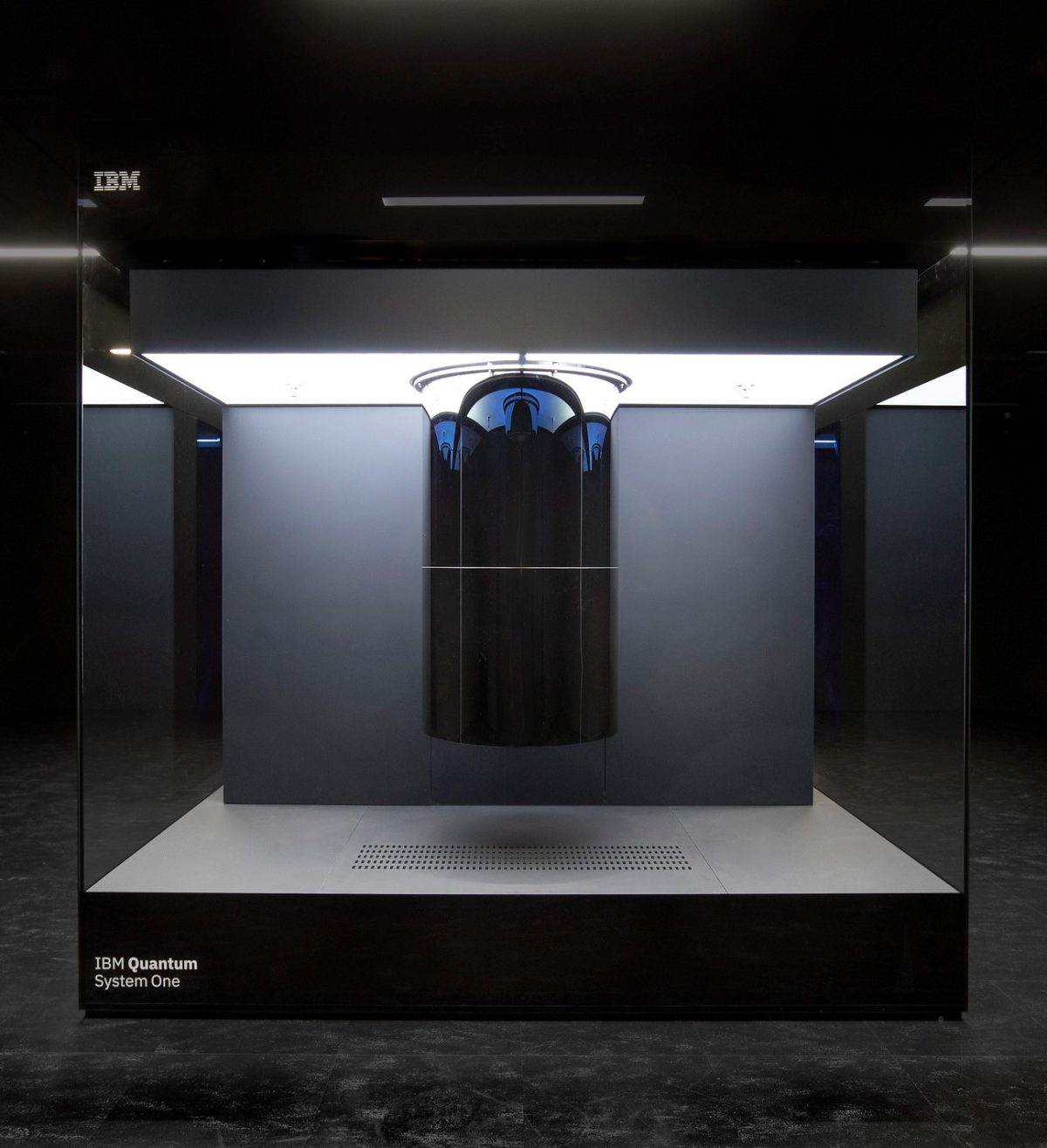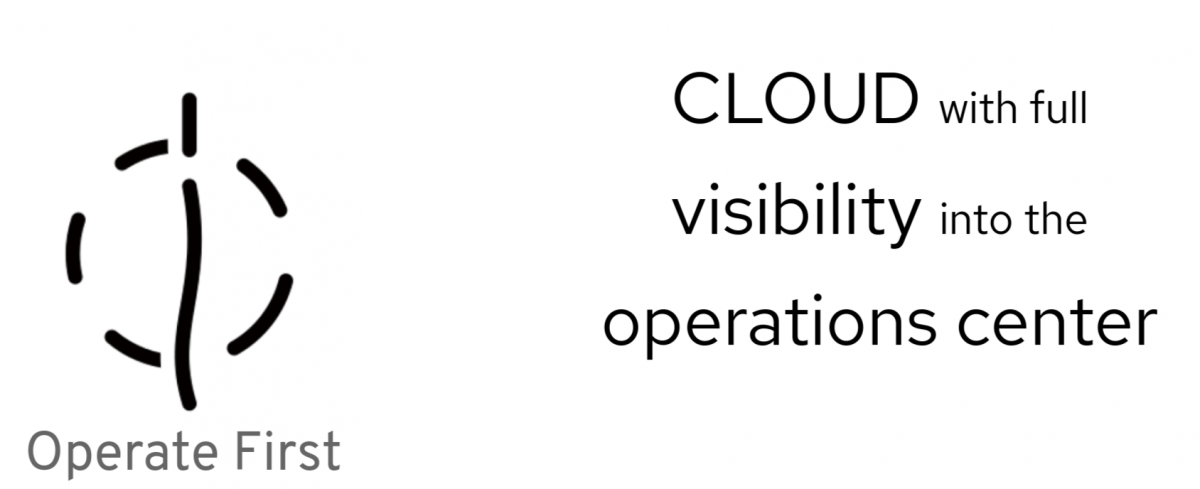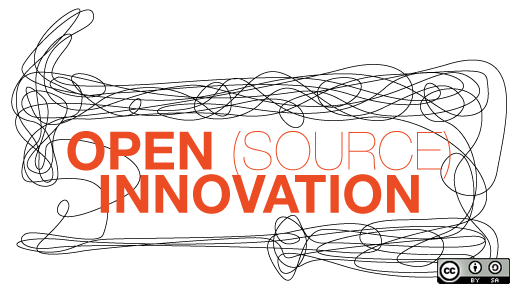The potential of AI has been acknowledged for years, along with the understanding that data is the key driver of this potential. This realization sparked a gold rush to amass data, a pursuit driven more by the allure of future possibilities than by practical use cases. Consequently, this rush resulted in piles of rubble rather […]





